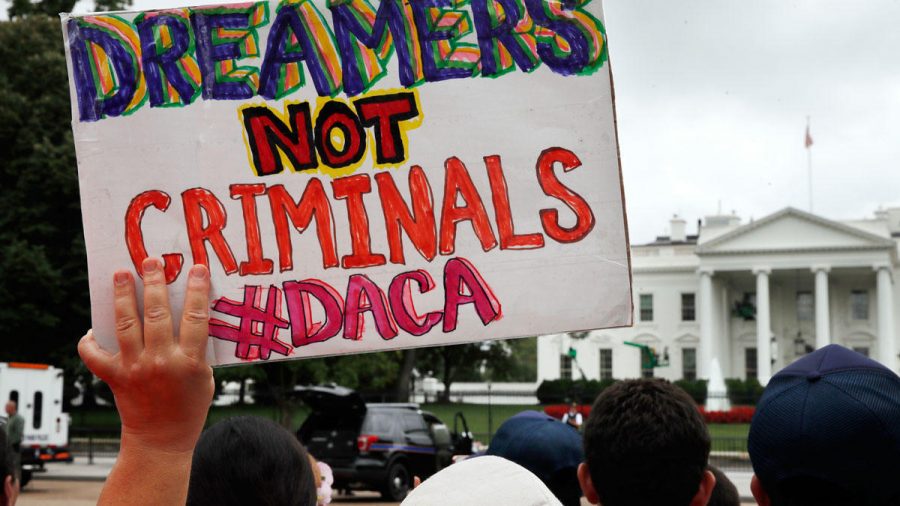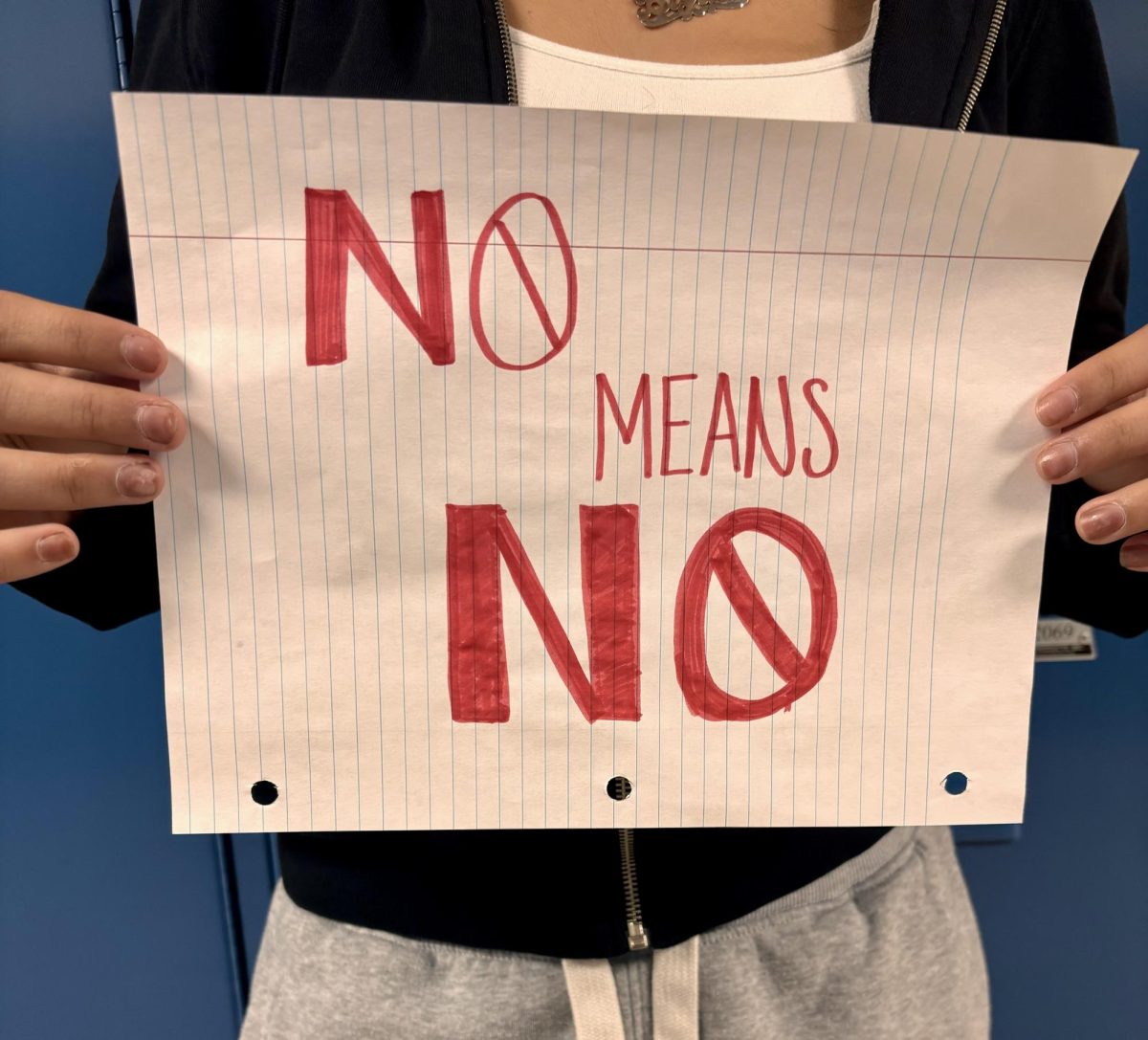Deferred Action for Childhood Arrivals (DACA), is an immigration policy. It allows some children brought to the United States illegally to obtain a renewable two-year period of deferred action from deportation. Anyone approved for DACA is granted immediate conditional permanent residence. This can lead to lawful permanent residence (a green card). After that, lawful permanent residence is obtainable by completing two years of high education, two years of military service or three years of employment. Only after a person has maintained five years of lawful permanent residence, can they apply for naturalization. Naturalization is the process to become a U.S. citizen.
According to the American Immigration Council, “DACA has enabled almost 800,000 eligible young adults to work lawfully, attend school, and plan their lives without the constant threat of deportation, usually to an unfamiliar country.”
The policy was put in place in 2012 by the Obama administration. In his 2012 speech, he urged and pleaded with the government to pass the DREAM Act (Development, Relief and Education for Alien Minors Act). It was a bill in Congress that granted legal status to certain illegal immigrants. These immigrants entered the United States as children and attend school here. Since its first draft in 2001, numerous version of the DREAM Act have been proposed. But, due to bi-partisanship none have become law, although it came close in 2010.
DACA is not immunity for those facing potential deportation. It is a small barrier between the countries big hand and the millions of lives underneath it. Those who receive DACA are eligible for a work permit. Work can delay deportation, as it is a valid reason to stay. As an immigrant in the United States, you are still suppose to uphold the same work ethics and responsibilities as people born in America.
Deportation process
The deportation process starts with containment. First, law enforcement officers arrest individuals suspected of entering the U.S. illegally. Then, they are transferred to The U.S Immigration and Customs Enforcement (ICE). Following an arrest, immigrants can go through two options: expedited removal or a notice to appear.
Expedited removal is the kind of thing that filters through peoples mind when they hear the word deportation. It is when a non-U.S citizen can be denied entry to the U.S., and physically removed from the country. This form of removal does not give an individual any proper hearing, proceedings or counsel. There are exceptions though. Currently, expedited removals can only take place if individuals are arrested within 100 miles of U.S. borders and if they’ve been inside the U.S. two weeks or less. According to Sarah E. Murphy, Border Immigration Lawyer, “most expedited orders that are seen in our office involve some type of fraud or misrepresentation charge.” People exiled from the country by expedited removal cannot return to the U.S. for five years.
Notice to appear, is basically a traditional court proceeding. ICE starts by notifying the individual ten days before their court date either in person or by mail. According to USA Today, “Individuals are permitted to stay within the U.S. if they present a valid defense, known as relief, against government charges. Legal requirements for relief are strict and can be difficult to meet.”
A handful of possibilities
Many undocumented citizens do not even know they are undocumented. In addition, they find out after they apply for college, a job, or their drivers license. Because of this, individuals do not know they are illegal until their early or late teens. This cuts any potential for the individual to create lifelong plans. Two years is not enough time for someone to build their foundation. Growing up in the United States, without knowing you are here illegally must be tough. The DACA policy prevents the government from taking any opportunity away from bright young individuals.
In his 2012 Presidential speech, Obama stated, ” it makes no sense to expel these young people who want to staff our labs, or start new businesses, or defend our country simply because of the actions of their parent or because of the inaction of politicians.”
In a study done by Pew Research Center, out of the nearly 11.1 million undocumented immigrants estimated to be living in the U.S., there were about 8 million in the workforce in 2014. Nearly half of those workers pay social security taxes despite not getting their money back. Young immigrants join the workforce. They help the American society flourish. Some dedicate themselves to school. Jin Kyu Park, a 22 year old DACA receiver from South Korea is the first DACA student to receive the Rhodes Scholarship. He contains the potential to do extraordinary things. But because of his absence of citizenship, he was almost ineligible.
The Downside
Since the Obama-era ended and the Trump Administration took over, things changed. Trump cracked down on immigration immediately proceeding his election on November 8, 2016. By November 2017, Trump proudly announced that he would discontinue the DACA program claiming it is unconstitutional. Congress had six months to find a legislative solution. The deal on the table is that if Trump reinstates DACA, the government would have to agree to fund the wall President Trump wants to divide the Mexican-American border.
On the other hand, DACA is broad with its requirements to apply for the program. The biggest valid issue in the Trump Administration’s arguments is criminal activity. There is no proof that immigrants increase crime rates. However, it is still a natural worry, that some DACA receivers may commit crimes and still be eligible to stay in the U.S. Legally, individuals that are not born here, and cross the border without identification, could be a potential threat. Without documentation, proof of address, or social security it makes accountability difficult. Many opposing arguments for DACA exist such as: it violates the law, decreases jobs, and increase resource consumption. Some even say that the U.S. struggles to nurture their own people, which renders helping others impossible.
A 2018 CBS News poll found 70 percent of Americans support DACA yet the bill still sits on Congress’s table. How much longer do the Dreamers need to dream?













